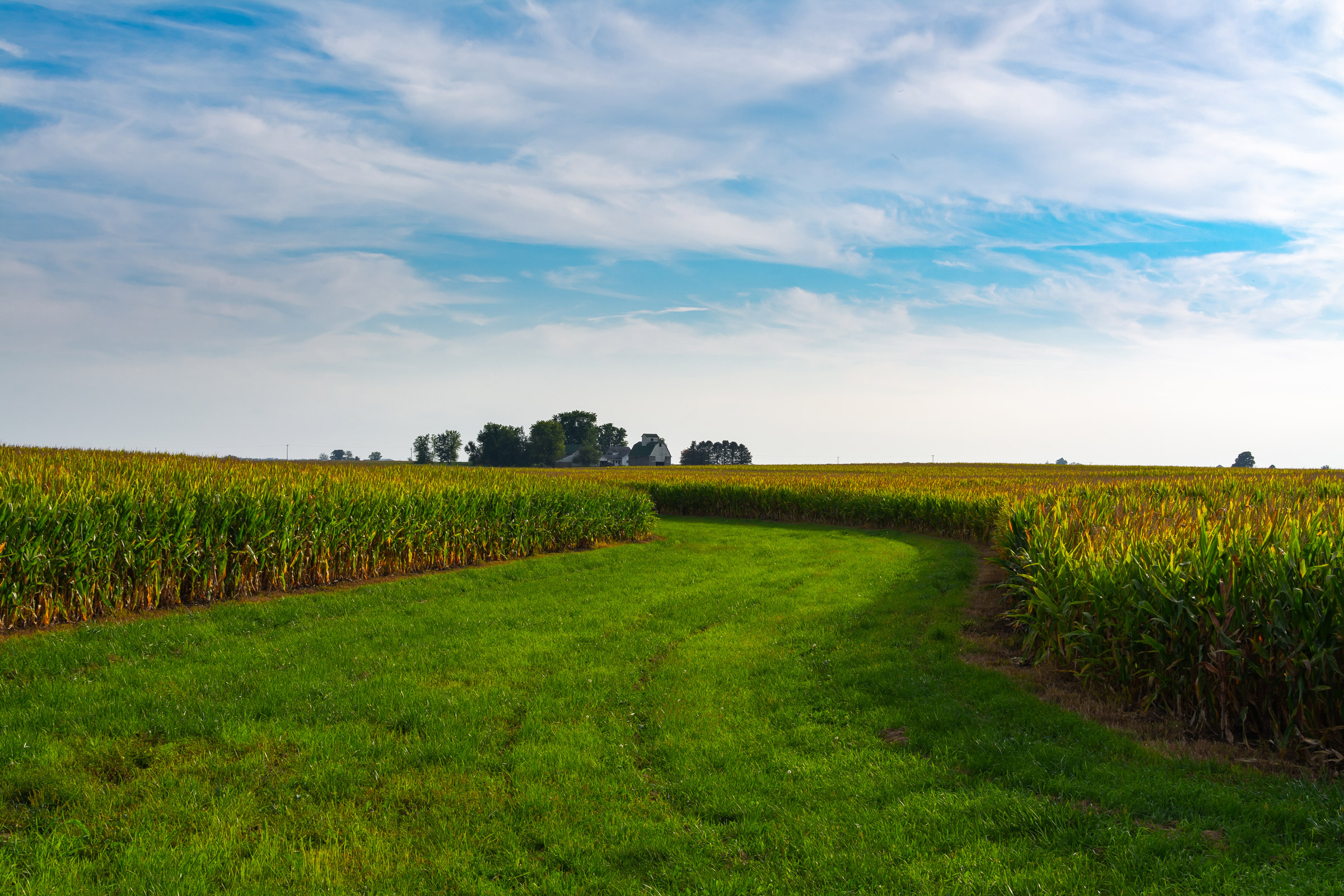The original purpose of INREC was to support, monitor, and report on the efforts of the Iowa Nutrient Reduction Strategy, and while this remains a core focus, our Progress Measurement endeavors have expanded beyond this initial scope.
INREC uses a first-of-its-kind system using ag retailer sales data and farm records to track and demonstrate progress being made by Iowa farmers for the Iowa Nutrient Reduction Strategy.
(increased from 1.6M in 2017)
The INREC survey consists of about 1,000 surveys annually to track the performance of Iowa farmers towards reducing nitrogen and phosphorus nutrient runoff by 45%.
But what’s the process?
The INREC system is structured to be unbiased, representative, statistically significant and verifiable. By aggregating the data, the resulting water quality impact of practices can be calculated using water quality performance information from the Iowa Nutrient Reduction Strategy science assessment.
Upon notifying the ag retailer of its evaluation selection, the ag retailer will identify ten fields to collect data randomly for in-field nutrient reduction practices identified in the NRS science assessment.
INREC survey liaisons attempt to visit each randomly selected location to answer the survey questions for each randomly selected field. About 1,000 of the potential 1,500 surveys are completed, ensuring oversampling of Iowa State University’s target of 500 surveys for statistical significance.
INREC aggregates the data to ensure confidentiality, and the Iowa State University Center of Survey Statistics Methodology extrapolates the data for statewide adoption. Iowa State University models nutrient load reduction based on performances documented in the NRS science assessment.
The assessment of current status of practices is compared to the 1980-1996 baseline status of practices and nutrient export estimates to show how much nutrient loads have decreased or increased since the 1980-1996 baseline. 1980-1996 is the starting point for measuring Iowa’s progress towards the goals of the Iowa Nutrient Reduction Strategy.

A key part of Iowa NREC is collaboration with organizations, agencies, and farmers within Iowa—but also outside of our state. Illinois Fertilizer and Chemical Association finished collecting its second year of surveys with a system modeled after the Iowa NREC survey with support from ISU and ourselves.
Outside of Iowa and interested in replicating the Iowa NREC survey? We welcome the chance to assist other states all in an effort to better water quality.
A random survey of ag retailer sales records and field notes, conducted by INREC and ISU, assesses farmer adoption of nutrient management practices to track progress towards INRS goals.
An assessment of N & P loads delivered to Iowa surface waters to help establish the starting point for measuring progress of the 45% N & P reduction goals of the INRS.
In 2015, a pilot was launched to enhance Iowa’s ability to track progress on implementing the INRS and develop a secure method to gather information on in-field agricultural practices and analyze their impact on nutrient loss.
Detailed mapping of structural conservation practices (terraces, ponds, water & sediment control basins, grass waterways, contour strip cropping, contour buffer strips) for every watershed in Iowa detailing past and current status of practices across Iowa.
This project estimated reductions in phosphorus loss due to the implementation of three types of best management practices on Iowa agricultural land: pond dams, terraces, and water and sediment control basins (WASCOBs).
Supporting, monitoring and reporting on progress towards nutrient reduction efforts through science-based solutions and collaboration across Iowa’s agricultural production system.
Sign-up for a quarterly e-newsletter where we share stories, insights, and the collective impact of the INREC.